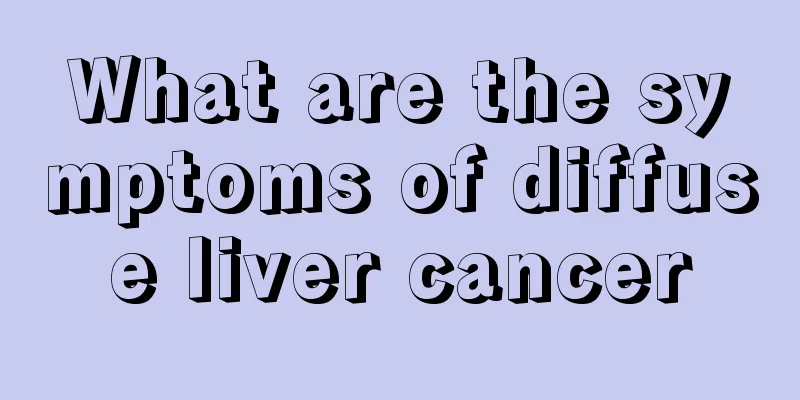What are the main symptoms of glioma

|
Brain problems are very tricky. No matter what age group people are in, as long as there is a brain disease, it will eventually lead to a disorder of the entire body. Glioma is a common disease in the brain, which is what we call brain tumor. Let's take a look at the main symptoms of glioma. Symptoms mainly manifest in two aspects. One is increased intracranial pressure and other general symptoms, such as headache, vomiting, vision loss, diplopia, epileptic seizures and mental symptoms. The other is local symptoms caused by the compression, infiltration and destruction of brain tissue by the tumor, resulting in neurological dysfunction. Increased intracranial pressure can cause papilledema, which in turn can lead to secondary atrophy of the optic nerve and decreased vision. Tumors compressing the optic nerve can cause primary optic atrophy, which can also lead to decreased vision. The abducens nerve is easily compressed and pulled, often causing paralysis and double vision. After the brain tissue is compressed, some tumor patients will have epilepsy symptoms, which may be early symptoms. Epilepsy that begins in adulthood is generally symptomatic, mostly caused by brain tumors. Those who are difficult to control with drugs or whose seizures have changed in nature should consider the presence of brain tumors. Those whose tumors are adjacent to the cortex are prone to epilepsy, while those with deep tumors are rare. Localized epilepsy has localization significance. Local symptoms will occur according to the location of the tumor, and will progressively worsen. Especially for malignant gliomas, which grow faster, infiltrate and destroy brain tissue, and cause significant surrounding brain edema, local symptoms are more obvious and develop faster. Intraventricular tumors or tumors located in the quiet area may have no local symptoms in the early stages. Tumors in important functional areas such as the brainstem will show local symptoms in the early stages, and symptoms of increased intracranial pressure will not appear until a considerable period of time. Some tumors that develop more slowly often do not show symptoms of increased intracranial pressure until the late stages due to compensatory effects. |
<<: Early clinical symptoms of glioma
>>: What are the common symptoms of glioma
Recommend
What are the effects of drinking Astragalus and Ophiopogon soaked in water?
What are the effects of drinking water soaked wit...
How to treat urinary incontinence caused by drinking beer
There are always men who suffer from physical dis...
My lips have been dry lately
Once autumn and winter come, people will lick the...
How to prevent prostate cancer
Because prostate cancer is a disease that everyon...
What should I pay attention to after installing a pacemaker
For many patients with heart disease, installing ...
After cancer treatment, there is still a five-year observation period...
In the field of cancer research, there is a profe...
What to do in the late stage of liver cancer to stabilize the condition Diet recommendations for late stage of liver cancer
How to provide daily care for patients with advan...
Blurred eyes during menopause
When we reach menopause, many of our body's a...
Symptoms of femoral head fracture, these common manifestations
Femoral head fractures are generally caused by st...
What are the methods for treating constipation? Exercise therapy
Today's office workers are under great pressu...
What should I do if my child has gastrointestinal discomfort?
Children are young and have poor digestive system...
What should I do if my puppy’s teeth are scratched and bleeding?
Dog bites need to be treated promptly because dog...
What are the obvious advantages of biological immunotherapy for ovarian cancer
Ovarian cancer seriously affects women's phys...
How to remove static electricity from a gauze skirt
Gauze skirts are girls' favorite clothes to w...
What to do if a finger is dislocated?
Many friends who love sports will know that stren...









